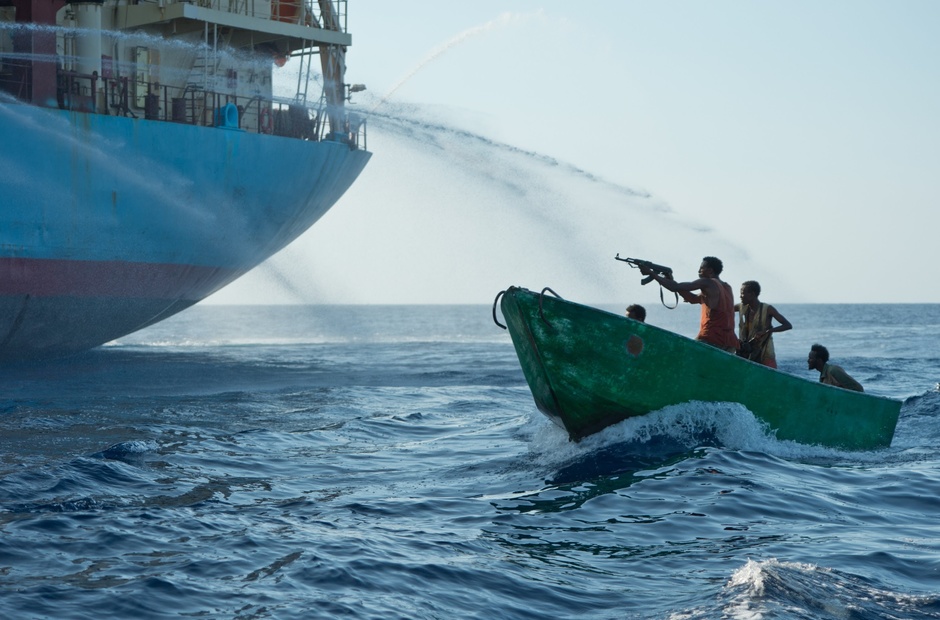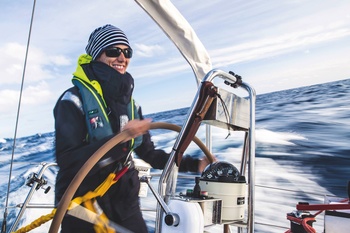Somali pirates are not as dangerous as they used to be, but the risk of piracy still exists, not only along the coast of Somalia but also in other regions of the world that are more popular with yachtsmen, such as Southeast Asia, South America and the Caribbean. Private yachts are easy prey in the eyes of pirates. How do you protect yourself from attack and keep your property and life safe? ItBoat publishes a translation of a Boat International article.
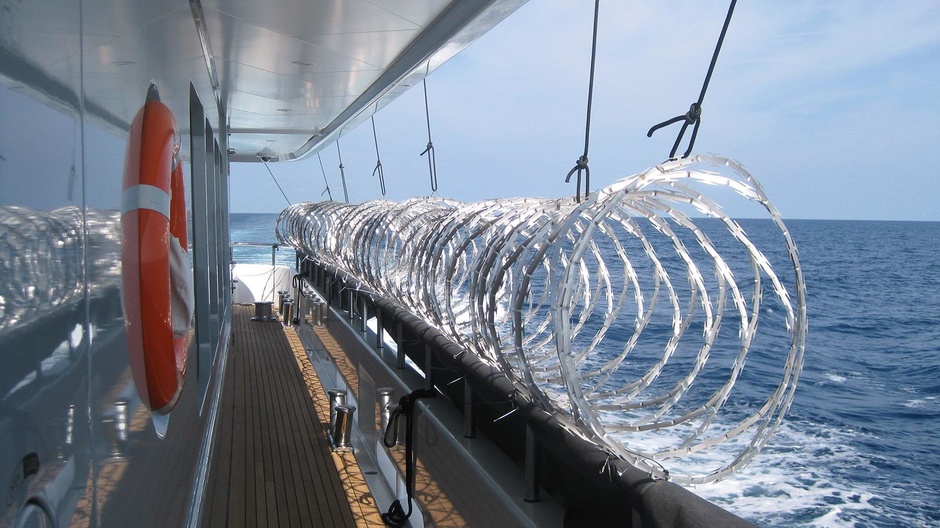
In Somalia, the risk of piracy has decreased, but not to zero.
The zone of high risk of falling into the clutches of Somali pirates by the efforts of the authorities has decreased: as of October 2015, its eastern border has shifted from 78 E to 65 E. Nevertheless, the old boundaries of piracy are still considered a voluntary reporting zone, and ships must take precautionary measures.
Maritime security services have warned: the risk of piracy in Somali coastal waters has not completely disappeared. The military prefers to use language against piracy that is «repressed», but not «eradicated».
«The opportunity remains to face Somali pirates in the Indian Ocean, the Gulf of Aden and the southern Red Sea. There are signs that the Somalis will return to the business model of kidnapping with subsequent ransoms at the first opportunity, because it served them so well in 2008-2012," warned Phil Cable, head of Maritime Asset Security and Training. - In fact, a yacht owner should consider the open sea as a zone of self-help and double self-defense». That means, first of all, you need to insure your yacht against piracy.
Meanwhile, the Indian Ocean is not the only (and currently not the main) area of risk.

Southeast Asia is a new home for pirates...
«Ironically, the Indian Ocean can now be considered one of the safest oceans thanks to the presence of military and enhanced security measures taken by yacht owners. But in Southeast Asia, the threat of piracy is growing," says Phil Cable. - We know of many armed robberies in Southeast Asia due to the high density of shipping in that region. Yachts are a very attractive target for robbers, and in the Strait of Malacca they are very vulnerable to trained pirates hiding in coastal villages in Malaysia and Indonesia».
However, piracy is not only a scourge in Southeast Asia. They operate in both the Caribbean and South America. Piracy thrives in regions where wealth is next to extreme poverty. Yachtsmen should analyse whether there are such potentially dangerous areas along their route and take precautions.
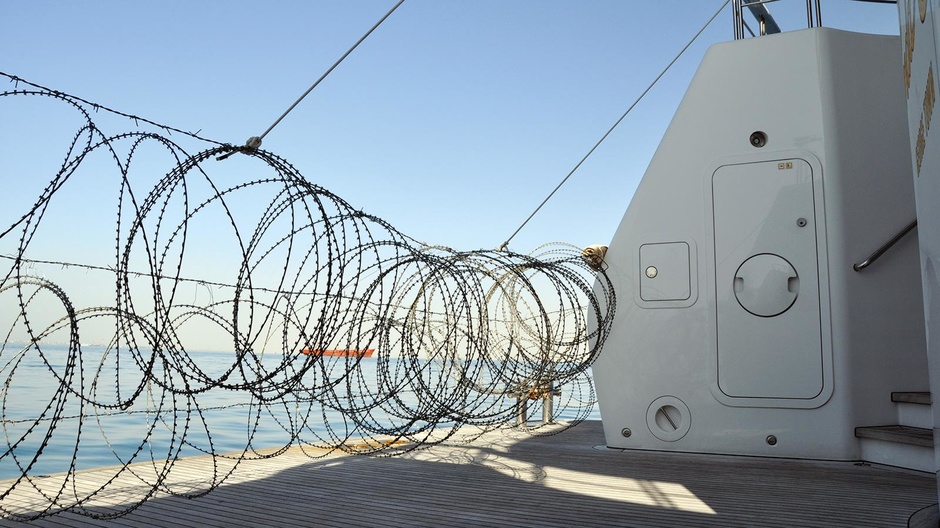
Your yacht is an easy target for pirates.
Compared to commercial ships, they have a low surface height and high production costs. Superyachts with huge bathing platforms designed for easy access to water for owner's guests provide equally easy access on board and to uninvited guests.
«Bathing platforms, a lot of glass that isn't bulletproof, sliding glass doors in the master stateroom," says David Goldie of Akula Yachts. - Designed as pleasure boats, superyachts are not armed and are easy prey».
The speed at which the yacht moves is also important. The maximum speed of many superyachts is limited to 17 knots, while pirate skiffs can reach 35-40 knots.
You can protect your yacht by ordering interior covers for large windows, or by covering glass with a special ballistic film, which Goldie describes as a «food film that makes the windows bulletproof».
Barbed wire, strobes and sound alarms are used to reduce the risk of attack.
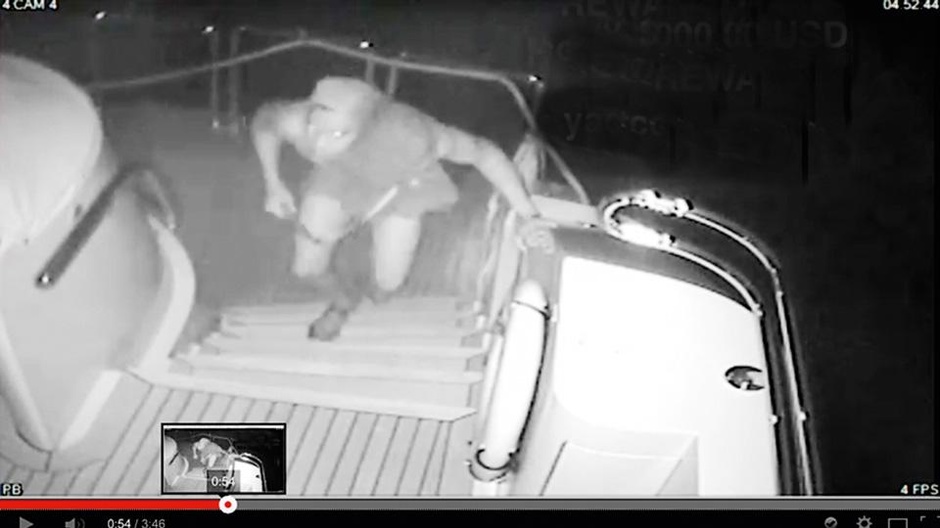
Your crew is the weakest link
A special training should be held for the crew of the yacht regarding the actions in case of a seizure of the vessel.
«The weakest link is the crew. All crew members need to be vigilant and report any suspicious activity around the boat and on board»," Goldie stresses.
The so-called Manila amendments to the Code of Training, Certification and Watchkeeping for Seafarers (MoWCA) require crews to undergo additional safety certification by December 31, 2016. The certification includes a section with information on piracy, so it is hoped that crews will soon be better prepared to deal with pirates.
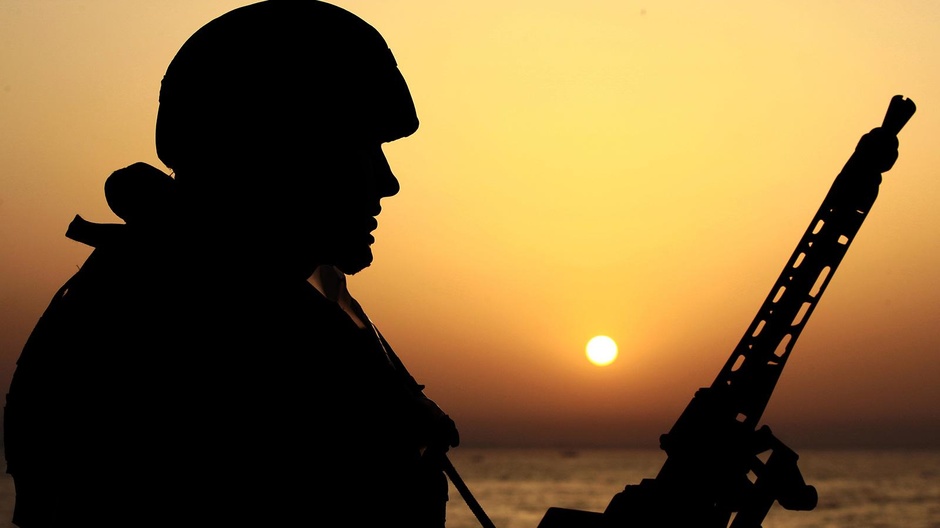
Arm yourself to .
«Pirates are looking for easy prey without signs of any additional security»measures," said David Goldie.
One way to keep them at a distance is to have weapons on board. If your crew comes out on deck with guns raised above their heads, this is a clear signal to pirates that your yacht is well protected.
«Pirates don't want to get into a shootout with a trained perosanal»," Goldie says.
However, the presence of weapons on board can itself cause some complications if the owners do not obey the laws of the country by entering the port. For example, this summer, guests on a luxury yacht in the Bahamas were arrested and their weapons seized. This is a complex issue and if you are planning to arm yourself it is best to seek legal advice.

Assess the risks.
Finally, last but not least: before planning your trip, carefully assess the risks of piracy in the suspected parking areas. Advice on these issues can be obtained from a private security firm and from the police in the regions where you are going. If you are thinking of hiring a private security firm on board, you should be careful when choosing an office, first of all by asking for experienced yachtsmen.

